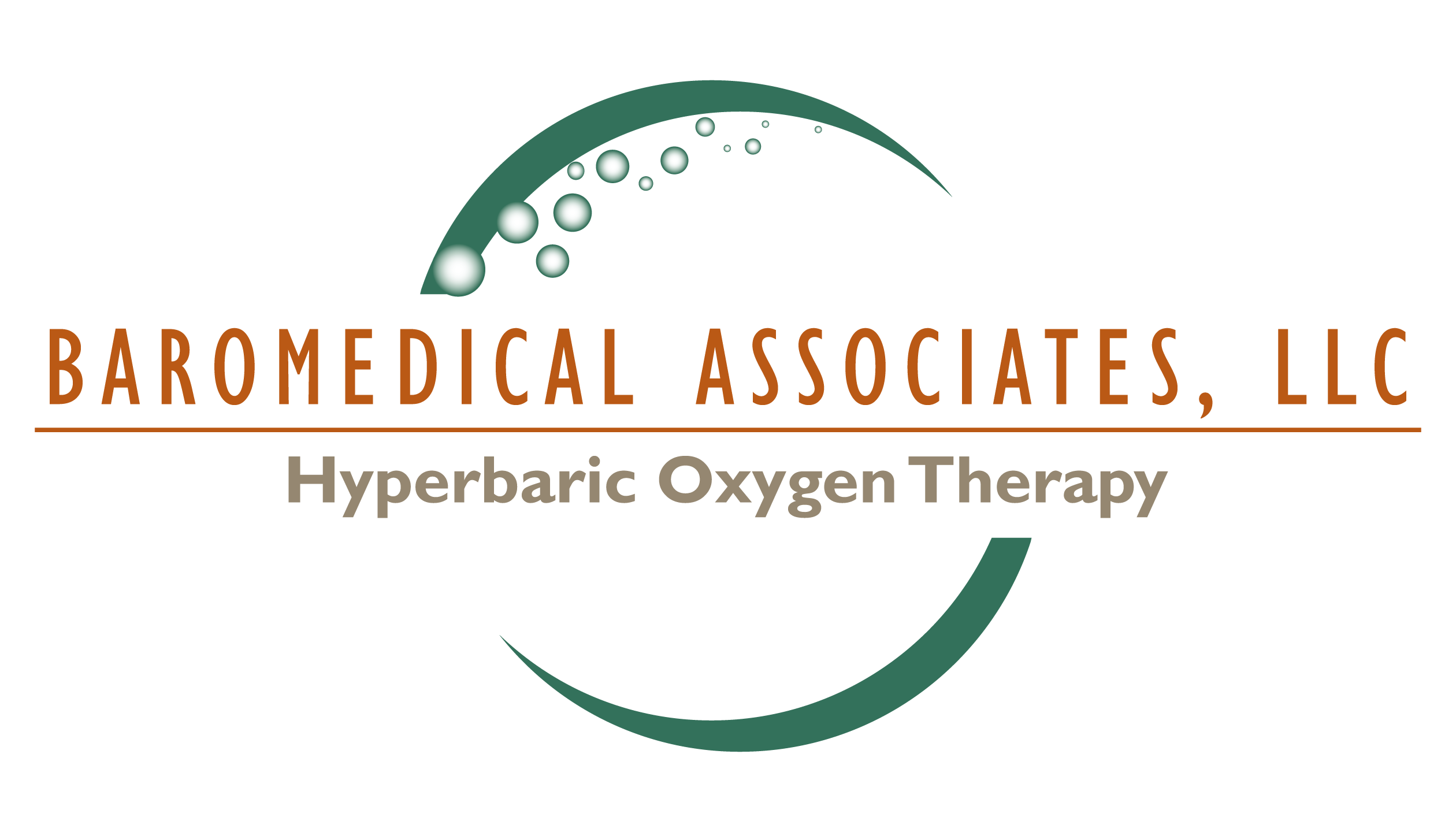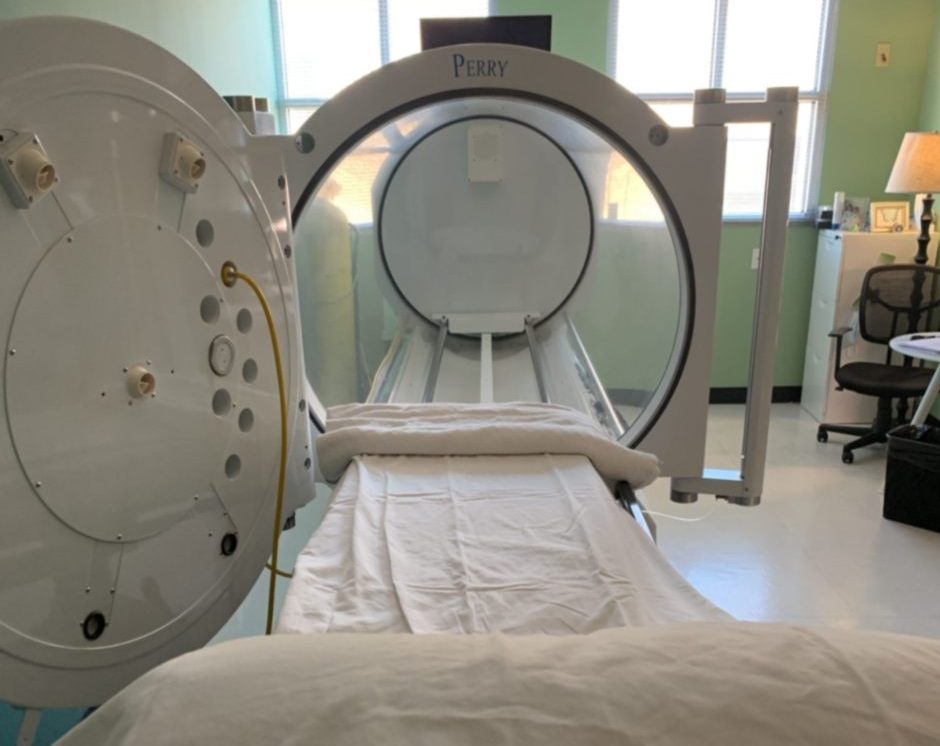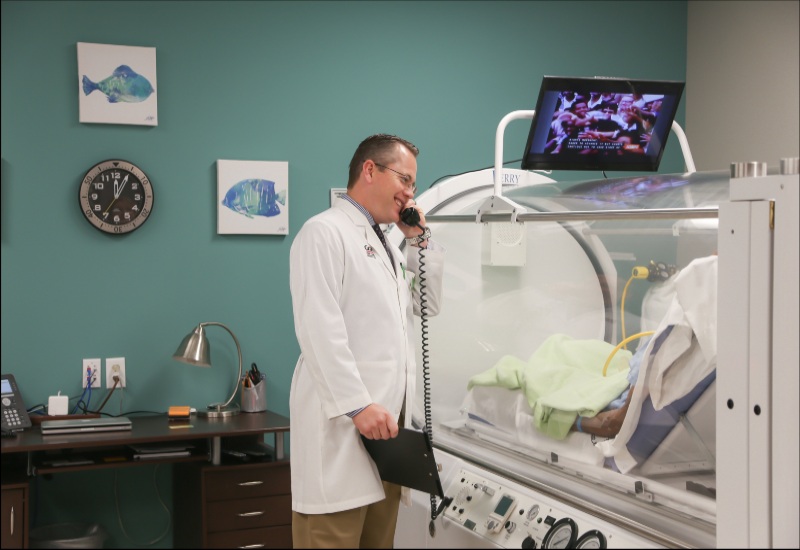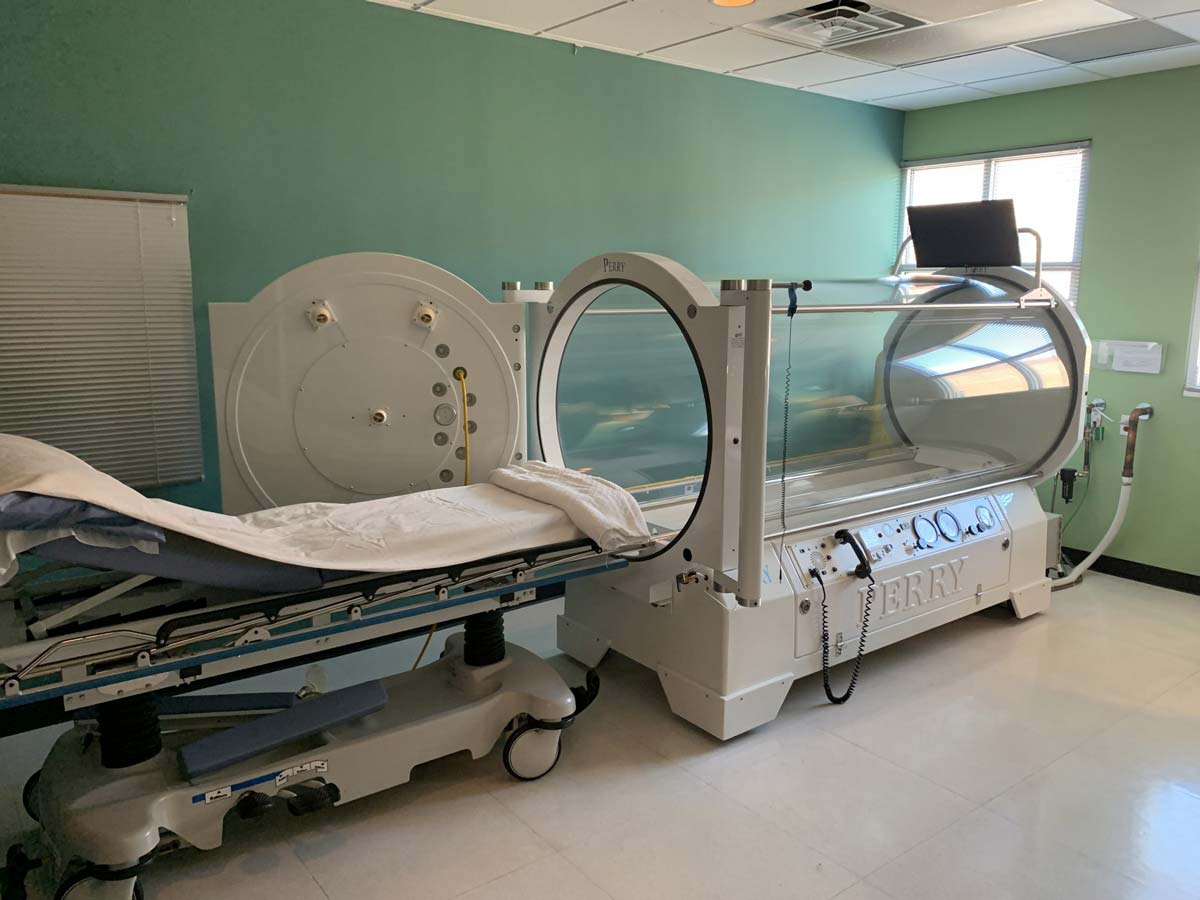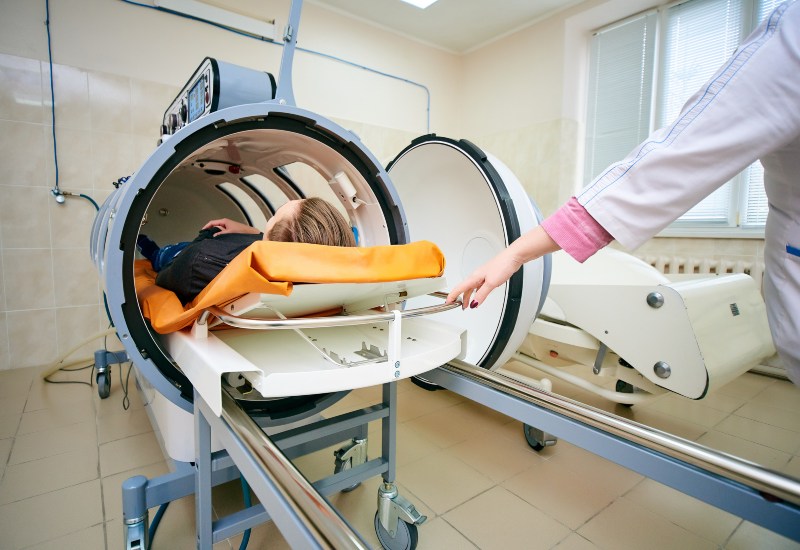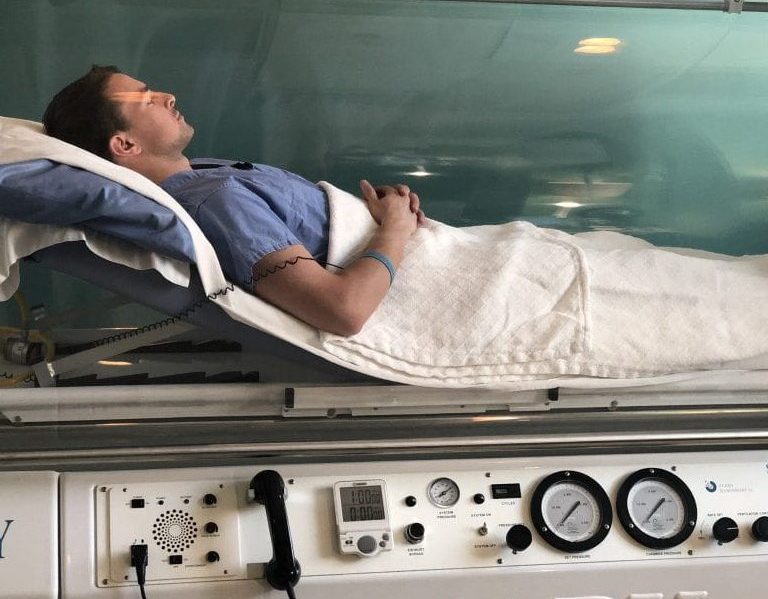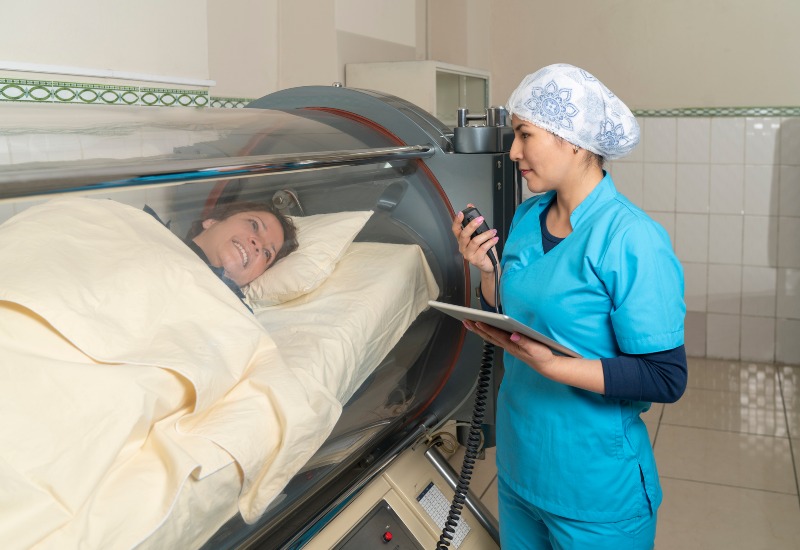Managing the complications brought on by diabetes is a daily challenge. Among these complications is the potential for poor wound healing and chronic foot ulcers. Hyperbaric oxygen therapy (HBOT) offers a range of health benefits that may be especially advantageous for diabetics. Explore how HBOT could be a game-changer for diabetic care, from accelerating wound healing to controlling other diabetes symptoms.
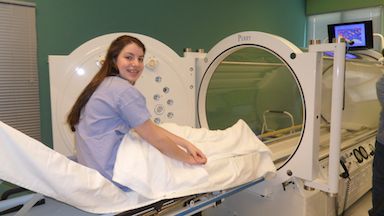
What is Hyperbaric Oxygen Therapy?
HBOT involves breathing nearly pure 100% pure oxygen in a specially designed, pressurized chamber. This therapy boosts the amount of oxygen in your blood, improves circulation, enhances immune system function, and reduces inflammation, all of which promote faster wound healing.
Why Does Diabetes Lead to Foot Ulcers?
Diabetes affects how your body handles blood sugar. Chronically high blood sugar levels can lead to complications, including impaired blood circulation and peripheral neuropathy. Neuropathy can cause numbness in the feet, causing cuts and scrapes to go unnoticed. Due to poor blood flow, the resulting wounds may be slow to heal and develop into ulcers. Research indicates that up to 25% of people with diabetes develop foot ulcers, with about 6% requiring hospitalization or amputation due to complications. Adding hyperbaric oxygen to a comprehensive wound care program can help avoid 87% of these complications.
How HBOT Accelerates Diabetic Wound Healing
HBOT is FDA-approved to treat several conditions, including diabetic foot ulcers. Studies show that HBOT significantly enhances the healing process of these ulcers by promoting new blood vessel formation and increasing oxygen and nutrient supply to the wound.
Other Benefits of Hyperbaric Oxygen Therapy for Diabetics
Along with accelerated wound healing, HBOT offers other potential benefits for people with diabetes:
- Reduced infection risk: HBOT lowers the chance of infection by enhancing immune system function.
- Enhanced collagen production: Essential for wound healing, HBOT can stimulate collagen production in the body.
- Improved blood sugar control: Studies suggest that regular HBOT sessions can improve glucose tolerance in people with type 2 diabetes because the high-oxygen environment naturally causes blood sugar to drop.
- Potential neuropathy relief: The increased oxygen supply offers some relief from diabetic neuropathy symptoms.
- Slowed progression of diabetic retinopathy: This condition refers to damaged blood vessels in the eyes that can cause vision loss. A recent study suggests that HBOT can help prevent diabetic retinopathy or slow its progress.
- Treatment of diabetic nephropathy: Preliminary studies suggest that HBOT could aid in treating microvascular complications in diabetes, including nephropathy, which can lead to kidney damage and high blood pressure.
Possible Risks and Considerations
While HBOT is generally safe for treating chronic foot ulcers, it presents a risk of therapy-induced hypoglycemia, or low blood sugar. Point-of-care glucose monitoring is required to safely perform HBOT on diabetic patients.
Choosing the Right HBOT Provider
When considering hyperbaric oxygen therapy for diabetes, choosing a qualified provider is crucial. That’s where Baromedical Associates, LLC, comes in. We are a leader in the HBOT field, offering the most advanced and effective treatment available. Our patients receive care in FDA-approved, single-person hyperbaric chambers, ensuring personalized and safe treatment. With four locations in the Dallas Metro area, we’re easily accessible for your HBOT needs.
Don’t let complications from diabetes dictate your life. Contact us to learn more about how hyperbaric oxygen therapy can contribute to your diabetes management plan.
